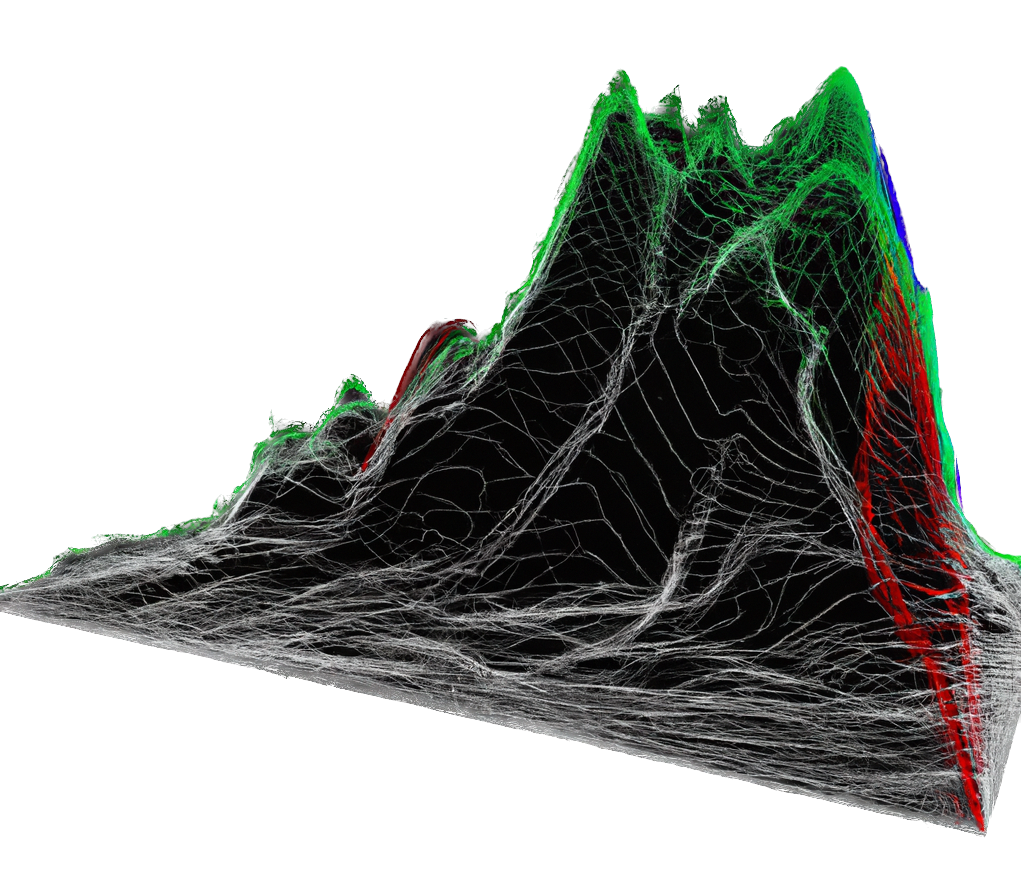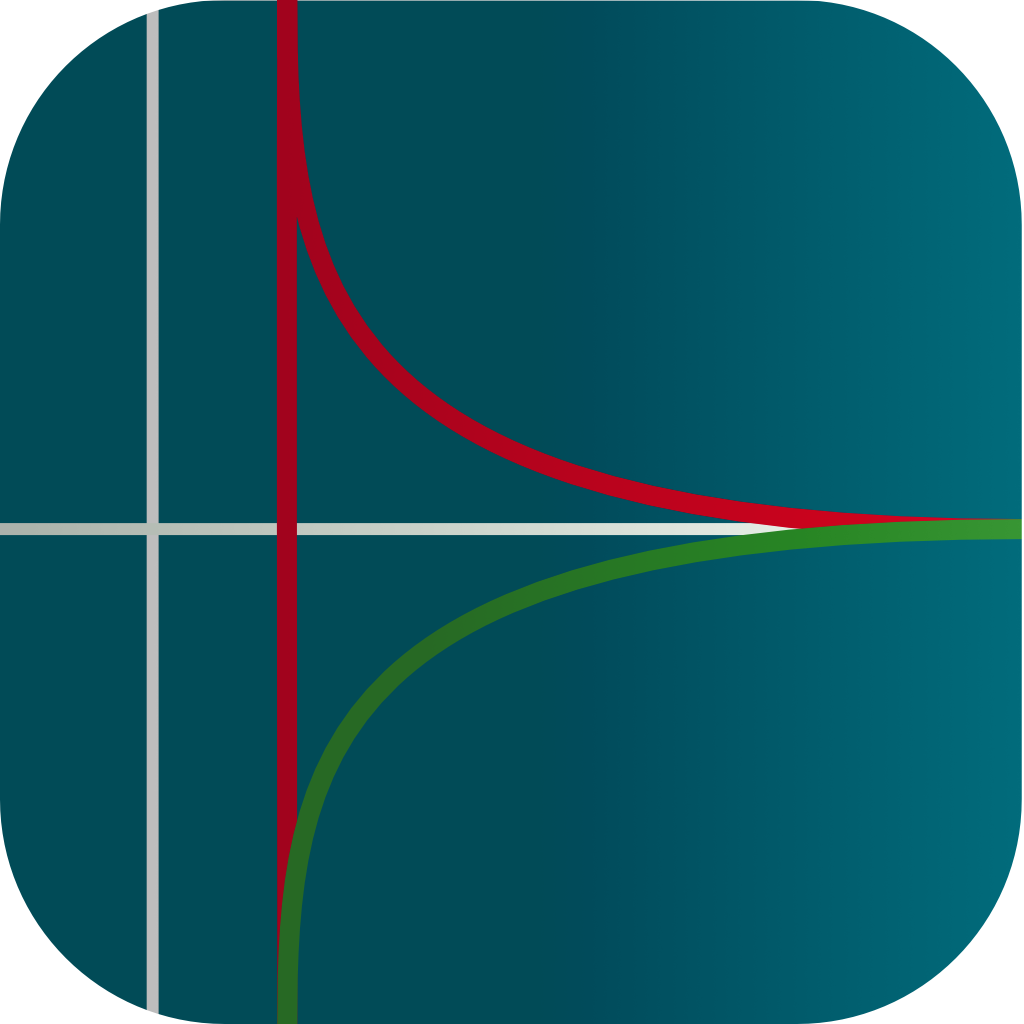Models, models and more models

After the era where Target Controlled Infusion was finally called Totally Confused Infusion because of the turmoil of models that were offered by the different pump manufactures for propofol: Marsh, Marsh with short keo, Schnider with fixed time to peak effect, Schnider with fixed keo, and Paedfusor,Kataria for children.
What we have learned so far is that one should not extrapolate the patient data outside the original study population and that the Lean Body Mass calculation in the Schnider model for propofol and the Minto model for Remifentanil is wrong for obese patients. If you want to know more on the consequences for the calculation of the Pk parameters for propofol and remifentanil read this publication.
The Pk of remifentanil is less influenced by the LBM calculation error but still the Minto model is not considered to be suitable for obese patients. Several measures have been taken to avoid problems like limiting the antropometric data to a maximum BMI or calculating a fictitious height. These measures have complicated the use of an, in origin, simple technique.
The larger the study population the more likely it will be that the parameterised model is valid for the individual patient or at least that the deviation is within clinical acceptable limits. The openTCI initiative was started with the goal to provide data for a more robust population pharmacokinetic modelling. Douglas Eleveld and colleagues from Rijks University Groningen (RUG) did these analyses for both propofol and remifentanil. This should promote the one drug-one model principle, that is requested by many colleagues and scientists. Unfortunately it is still not the case that every drug that is available in commercial model driven infusion pumps uses one and the same universal model without any further selection of the user. For propofol the Eleveld model has two versions: one with opioid and one without. One could argue that these models belong to two different use cases: anaesthesia and sedation but separation of these applications in the real world is usually not that clear. One could question if there is an advantage in putting those two models in commercially available infusion pumps if, even with perfect pharmacokinetically matching models, titration to the requirements of the patient(pharmacodynamics) in a specific context is still necessary. In the https://blog.eurosiva.eu/pharmacokinetics-diy-part-3-dynamics/ and the other diy blogs, I have tried to figure out consequences of the use of these models in a clinical setting.
Recently I discovered that for remifentanil the case is even worse.There is no one model but two different models are implemented in the BD Alaris Pk pump: the above mentioned Eleveld model and the Kim-Obara-Egan model. The latter provides data for obese patients. The question is: is the improvement in model parameters from such a dimension that it justifies yet another selection confusion. Therefore we: Dr Hernán Boveri and myself are going to find out by using TivatrainerX for comparing different aspects of the two models. Before drawing conclusions it is important to show that the simulation software e.g. TivatrainerX has the models correctly implemented. For the Kim-Obara-Egan model I did that in the previous blog. The Eleveld model has one graph that shows the cumulative drug dose when given in ETCI mode to a patient of 35yr and 70yr.
As you can see in this video, there is a perfect fit between this graph and the simulation in TivatrainerX so I am confident that the implementation is correct.
Comparison between cumulative remifentanil dose calculated by TivtrainerX and the publication in the Eleveld model
Note that the 70 yr old person gets more Remifentanil up to 5 minutes than the 35yr old. Why? This is the kind of questions that will be answered in the workshops in Merida and Porto.
[Both meetings are behind us. The answer lies in the in general smaller (or slower) equilibration between blood and effect with elderly people. To understand this: consider the extremes of this equilibration:
-ultimate big (or fast) then there would be hardly a difference between plasma concentration and effect concentration and over-pressuring the blood to create a gradient is not required to create a fast effect
-zero (or ultimate slow) then the overpressure in the plasma compartment will never create the target effectsite concentration despite creating a large gradient.
from this it is understandable that with elderly patients the selected target should be lower AND that you will have to wait longer for the desired effect]

